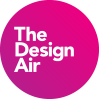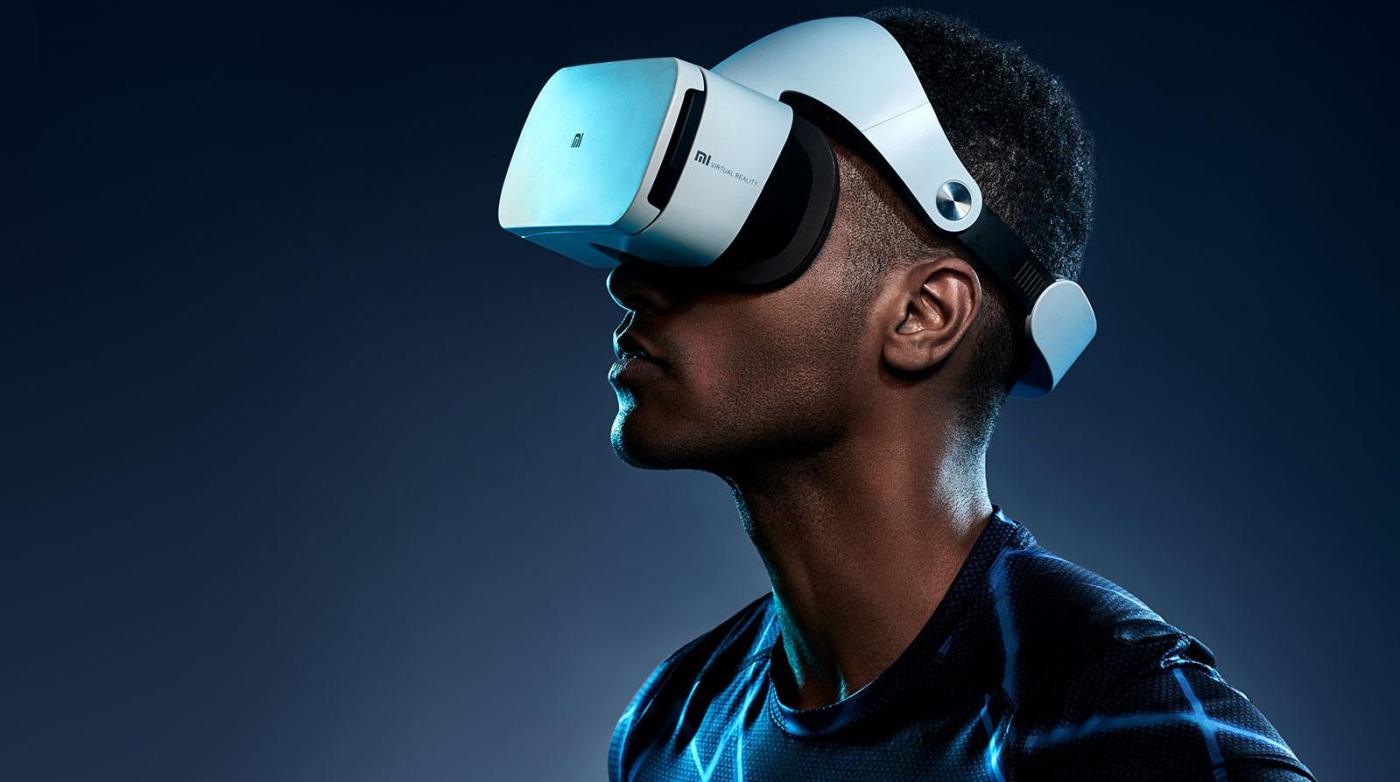Virtual reality has been around for a while, its use however within the aviation sector is increasing. Many design studios now have adopted this way of modelling cabin interiors and seat designs to expedite the creative process and visualise the end product with a high quality interactive render. There is clear benefit on both sides to using this relatively new and still burgeoning technology. “Using VR early on in the design process allows our designers to reach their designs quicker. Real time adjustments reduce the cost and time for physical mock-ups,” state PriestmanGoode.
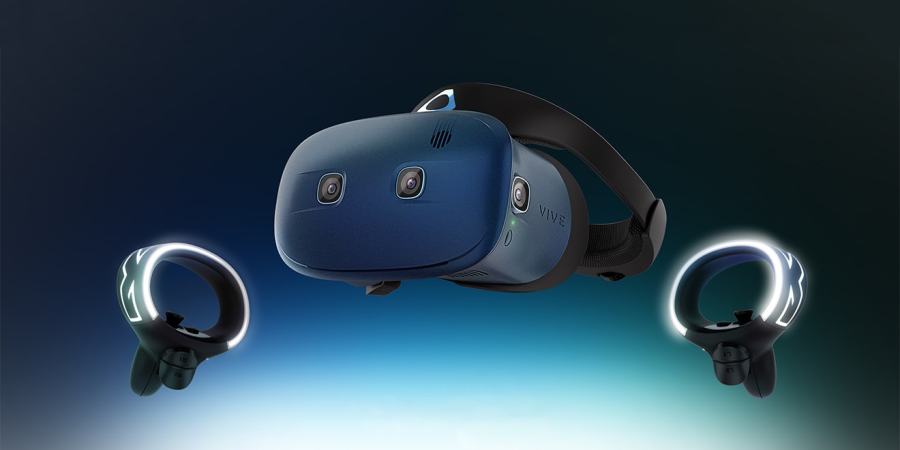
I was lucky enough to catch up with them during a discussion on VR, based on the launch of their new Pure Skies concept VR render and it brought up some interesting points on how the technology is currently used and what applications it can have beyond the design phase.
While it’s an intuitive tool for the design and adaptation of the colours trim and finish in a cabin design, it has to be handled with care. It’s merely a tool and not a solution to design problems in its own right. Like any tool, it’s an extension of the designer that controls it and is only as good as the person using it. Given the opportunity, a client could become stuck in a creativity loop, cycling through 100s of permutations of differing colours, trims, finishes and LOPAs, never truly coming up with a finite decision, or even worse, through the process, watering down a designers original vision.
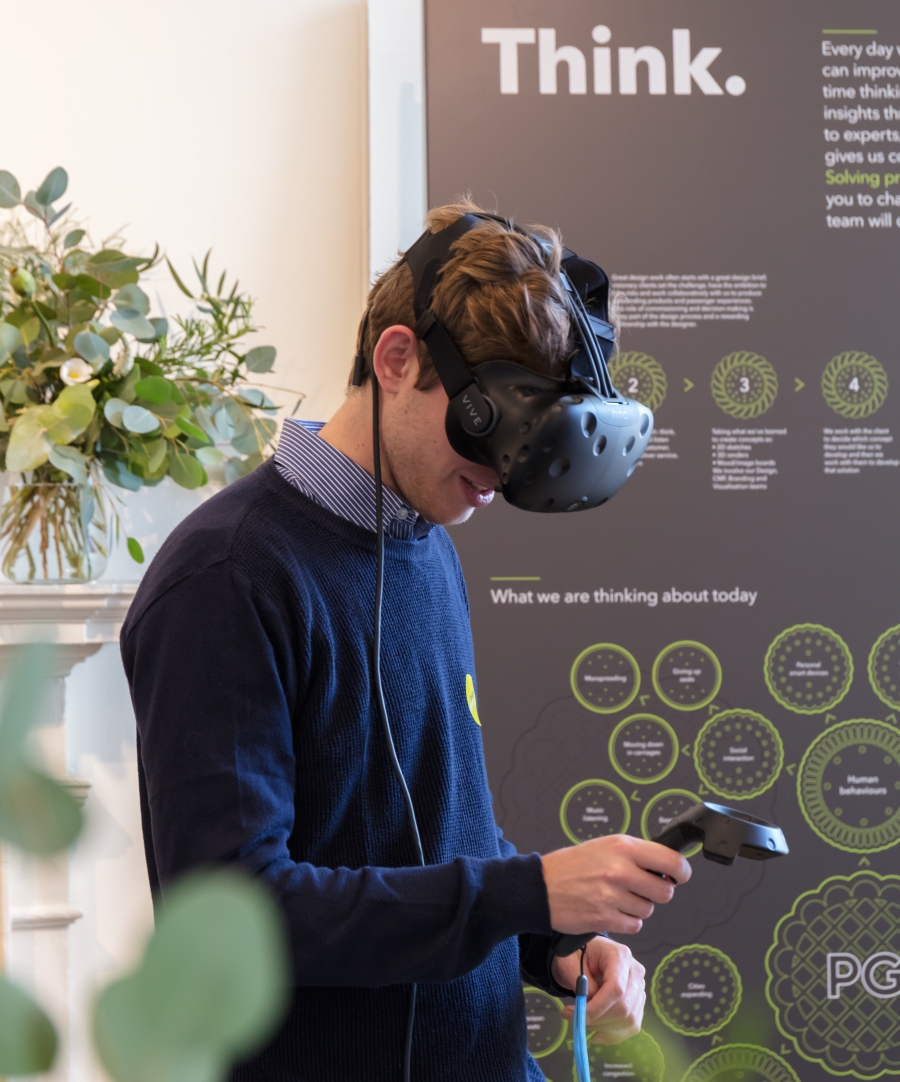
“Using VR allows our team to showcase every inch of our designs to our clients from an early stage in the design process. It’s a great tool to engage with stakeholders during the development phase, and ensures there is complete clarity about the design intent.” It’s exactly this ‘intent’ that VR is meant to deliver, not a finished solution.
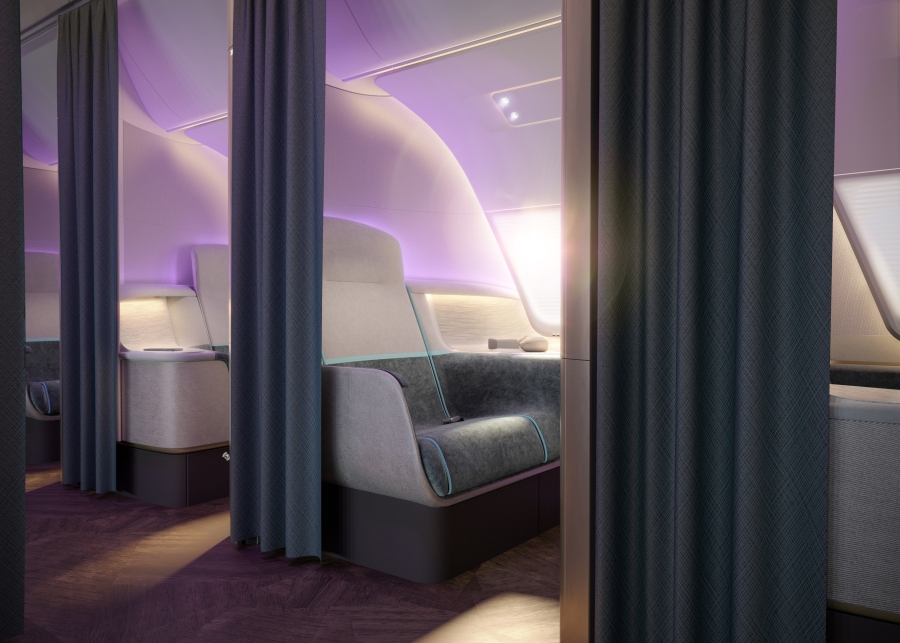
Anyone who has put on a VR headset, will remember the emotional shift by being transported to a new virtual environment. There’s no surprise that much of the technology is being pushed by the gaming industry. The child-like excitement is an un-intended part of the experience, but valid, as these are the very same emotional triggers that are activated when walking onboard a new aircraft. While there’s still no replication of certain other senses from smell, sound and touch, it’s still a valid replication of a physical space.
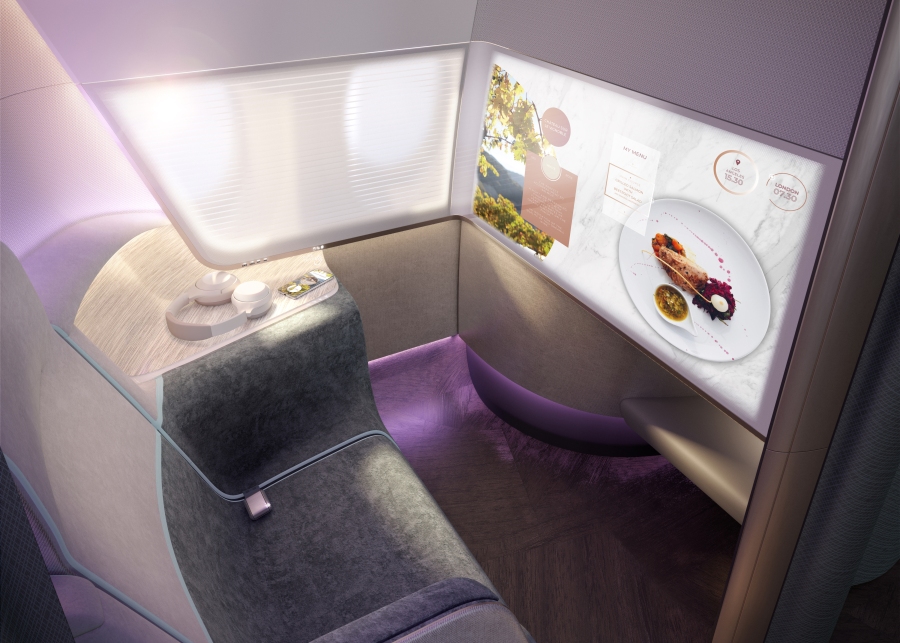
It’s this excitement that naturally airlines want to pass on to their passengers. “PriestmanGoode has seen an increase in clients now requesting VR to be included throughout the design process and for Advertising and promotional purposes.” In fact, many airlines including Emirates, Etihad and Austrian all offer a 3D walkthrough of their cabins as an option to explore seat maps and potential seats for their flight. The 3D walkthroughs have an unexpected benefit. Those rows with missing windows, or proximities to galleys or toilets are shown in an environment that many passengers can respect above that of a non-linear seat map.
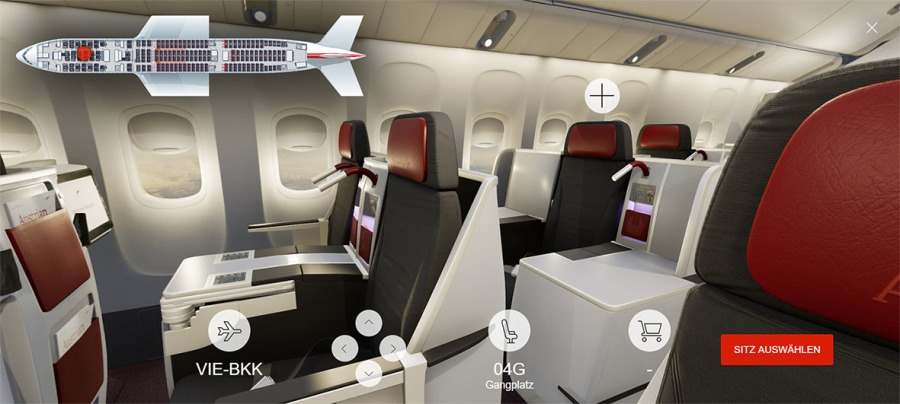
But the applications to this technology can go further, especially in a post-Covid landscape. Even a few years ago, I was witness to the Cathay Pacific virtual walk-through brought to life by Neutral Digital. The airline wanted to promote its new cabins in a new way to potential passengers, without the need for transporting heavy rigs around the world. The easiest and most impressive way of performing this was virtually.
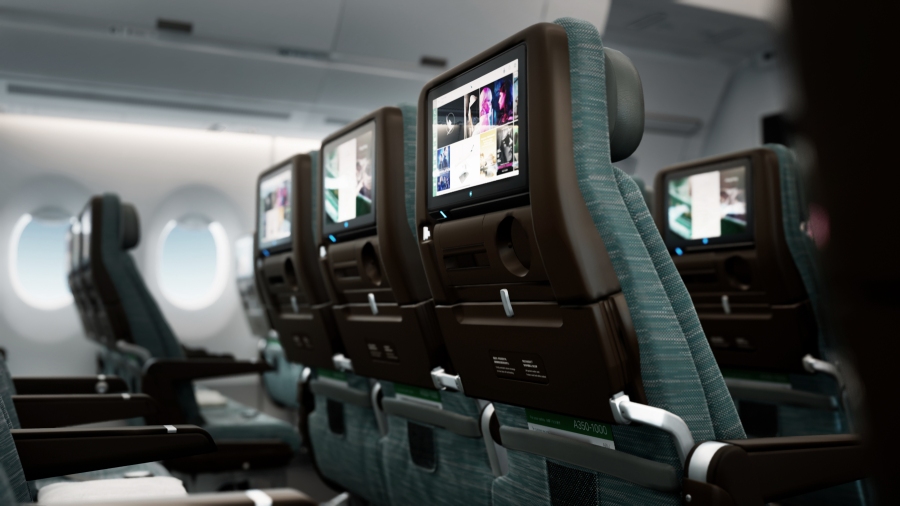
The company also brought in gamification and virtual destination video content too, it’s these tools, these new virtual entertainment options that adds the richness required to build engagement with the platform. “The technology is moving so fast that the visual quality and realism is improving greatly year on year. With this technology now being commonly used in Virtual production, it will be possible to achieve film quality environments. In addition, mixed reality is gaining momentum and the combination of both is a truly exciting thought for the future of immersive content,” state the design team at PriestmanGoode.
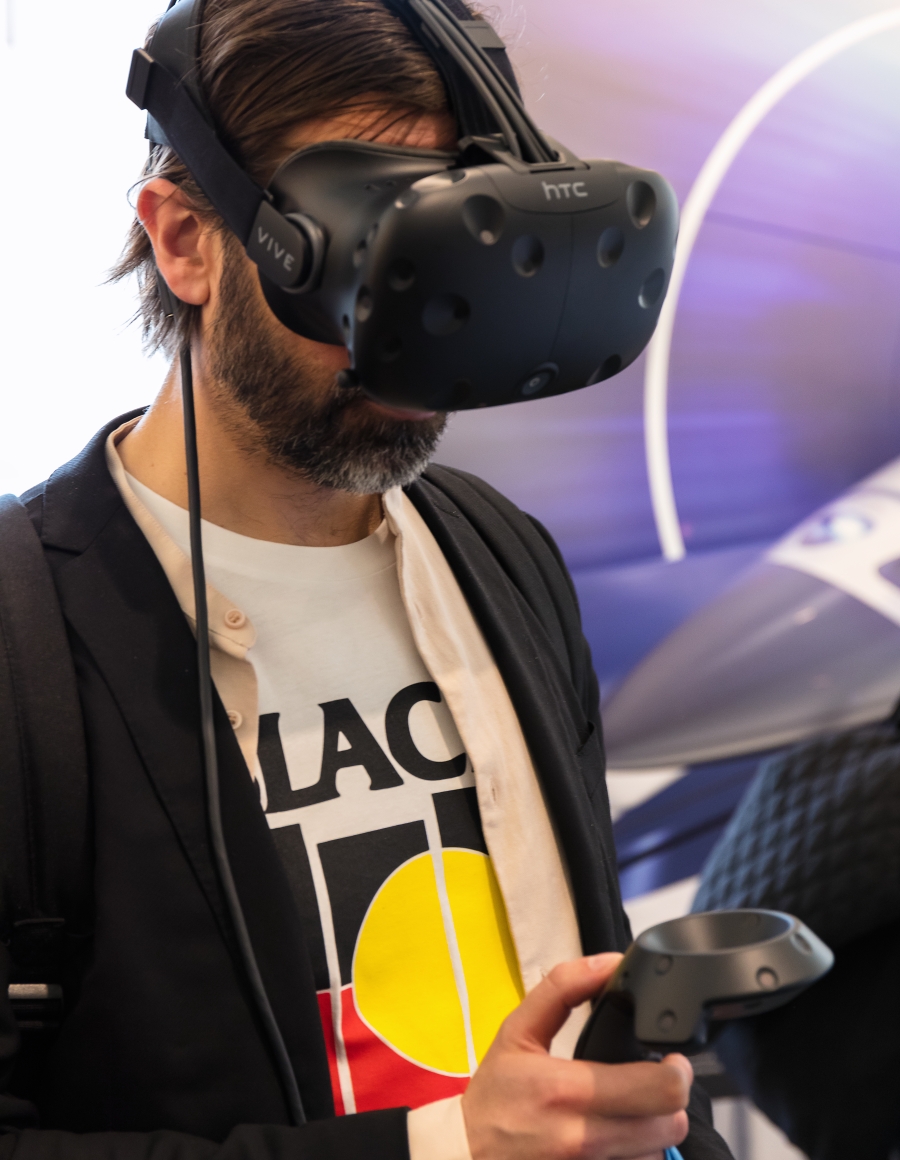
We tend to agree. Right now, during Covid, our usual travel habits have been disrupted, and while commercial aviation has a concrete and valid place in the future, now more than ever, 3D VR environments are what future consumers are in need of. Instead of ‘flights to nowhere’ which are having mixed reviews, what airlines should potentially be offering, is VR environments for those who miss flying, creating a new virtual flight.
Imagine a headset that allows you to watch your favourite Hollywood movies, while immersed in a cabin environment. It might sound like a ludicrous idea, but its a brilliant way of combining the cabin designs brought to life by design studios, the airline brand and passengers in a new, innovative way. One thing is for sure, VR is a tool that has many applications, and we’ve not even seen half of them yet.
